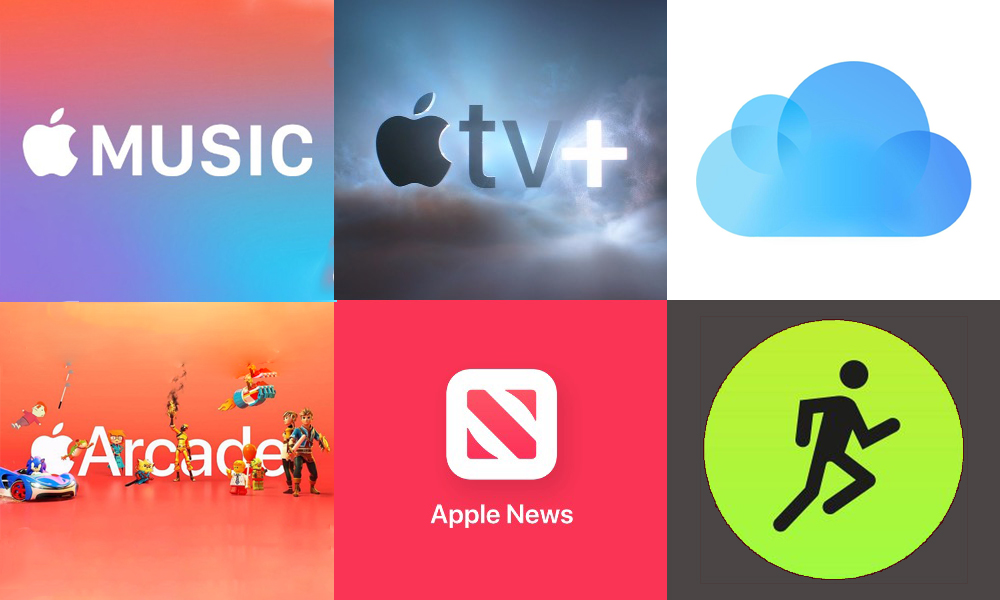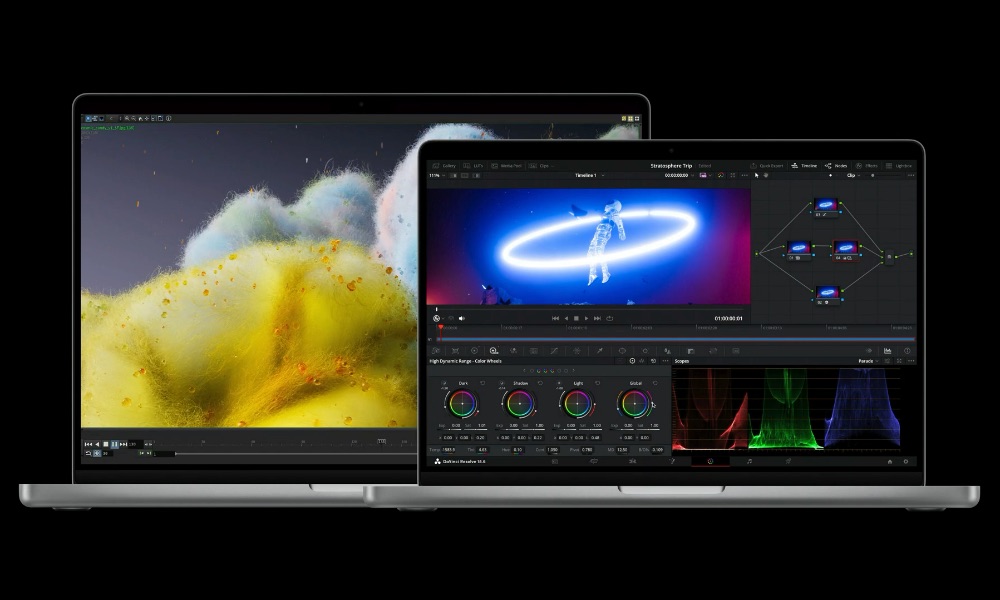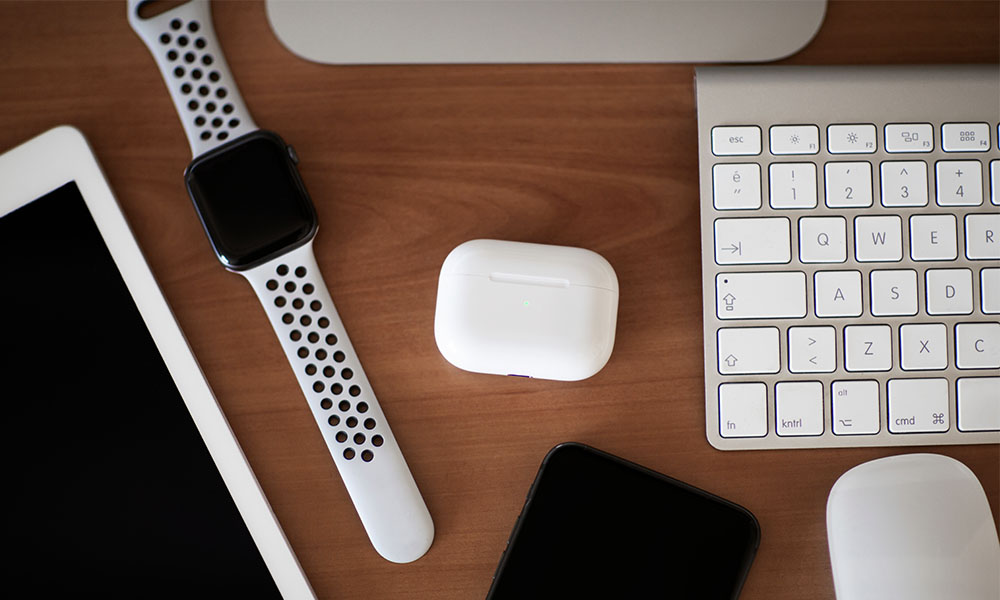8 Key Takeaways from Apple’s Q4 2023 Earnings Call
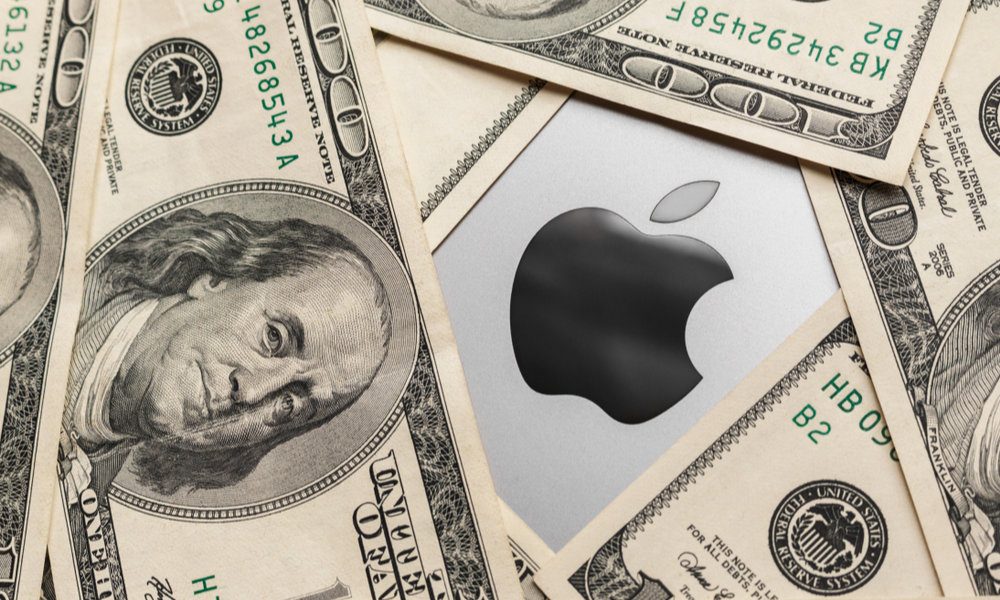 Mykola Churpita / Shutterstock
Mykola Churpita / Shutterstock
Apple unveiled its fourth-quarter financial results this week, encompassing July to September. That’s when the new iPhone 15 lineup and Apple Watch went on sale, albeit for only a small portion of the quarter.
Nevertheless, while Apple’s rocketship-like growth appears to be slowing down in certain areas, its overall revenue still surpassed Wall Street expectations and continues to break records in its Services category, both in terms of overall revenue and subscriber counts.
The iPhone was also naturally up following a successful launch of the iPhone 15, iPhone 15 Plus, iPhone 15 Pro, and iPhone 15 Pro Max, all of which are more compelling upgrades this year than they have been for a while. Sadly, Apple saw a slump in other categories like Mac, iPad, and Wearables. However, many of those had a shortage of interesting product entries this year, and Apple is confident those will be turning around thanks to its new M3 Mac lineup.
Read on for 8 interesting takeaways from this week’s Q4 2023 earnings call.
The Numbers
With Apple’s entire iPhone lineup out on the market by the end of Q4, it’s no surprise that Apple’s numbers were good in that department. However, it’s also the only hardware category in which it saw any growth, with most of its revenue increase coming from Services, which now accounts for more than half of its iPhone revenue.
In fact, despite a run of record-breaking growth in its fourth quarters, Apple posted slightly lower revenue overall this year for the first time in years. Even Q4 2020 — the year that the iPhone 12 lineup was delayed into October — saw a one percent year-over-year revenue growth, from $64 billion in Q4 2019 to $64.7 billion in Q4 2020.
While this year’s $89.5 billion in revenue is far beyond those 2020 numbers, it’s still nearly 1% lower than last year’s fourth quarter, when Apple reported $90.1 billion. Despite this, Apple still came out 6% higher than the expectations from Wall Street analysts, who only predicted revenue of $84.18 billion for the quarter.
Here’s the breakdown by product category:
- iPhone: $43.8 billion (2.8% growth)
- Mac: $7.6 billion (-33.8% growth)
- iPad: $6.4 billion (-10.2% growth)
- Wearables: 9.3 billion (-3.4% growth)
- Services: 22.3 billion (16.3% growth)
As those numbers show, Apple saw most of its negative growth in Mac sales, followed by the iPad and Wearables. Apple’s revenue would have suffered more if not for remarkable growth in Services, which broke past the $20 billion mark earlier this year. However, it’s not just Apple; the economy is leveling off, resulting in lower consumer spending overall, and the personal computer market has been on a gradual downswing over the past year as many folks spent more on new systems during the COVID-19 pandemic to accommodate working and schooling from home.
The iPhone 15 Is Doing Well
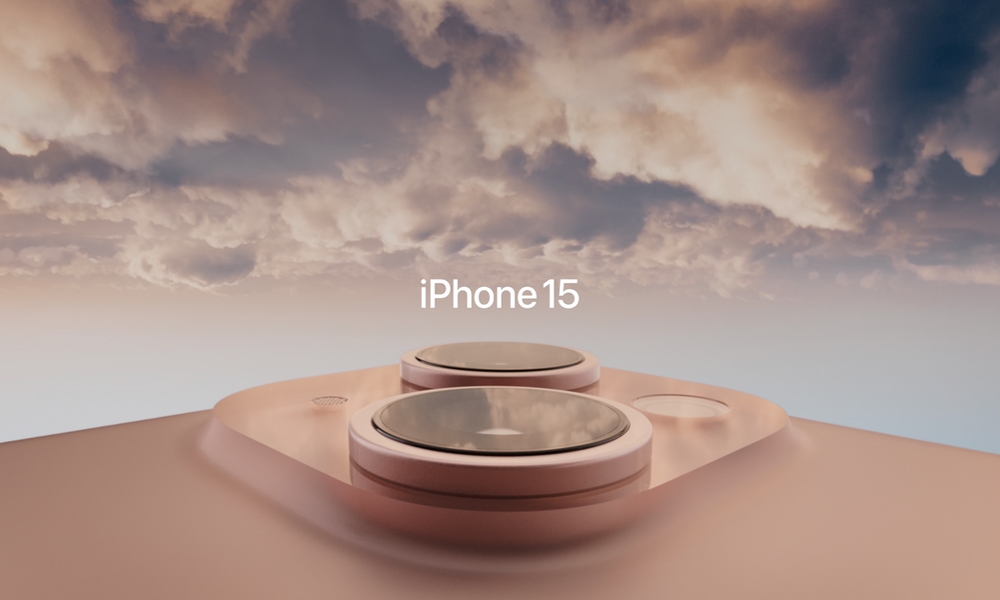
In an interview with CNBC’s Steve Kovach, Apple CEO Tim Cook noted that the iPhone 15 is faring better than the iPhone 14 did during the 2022 September quarter.
"If you look at iPhone 15 for that period of time and compare it to iPhone 14 for the same time in the year-ago quarter, iPhone 15 did better than iPhone 14."
To be clear, he was specifically talking about the 6.1-inch entry-level iPhone 15 versus the comparable iPhone 14, which isn’t necessarily surprising as the new model offers a much more compelling upgrade thanks to its powerful new camera system. By contrast, the iPhone 14 was a marginal upgrade over even the iPhone 12 and was a non-starter for most iPhone 13 users.
While iPhone revenue only grew by a relatively modest 2.8%, Cook also added that the iPhone 15 Pro and iPhone 15 Pro Max were constrained due to high demand, meaning that Apple hasn’t been able to get them into customers’ hands fast enough. We’ll likely see the results of the higher-end iPhone models’ popularity in the Q1 2024 holiday quarter results in January.
Services Nearly Eclipse Everything Except the iPhone
Apple’s Services category is the one area in which the company has been seeing continual growth, and it’s grown 16% since last year despite Apple not launching any meaningful new subscription service offerings in 2023.
Significantly, at $22.3 billion, Apple’s Services are getting close to overshadowing most of its hardware business outside of the iPhone, which for this quarter only added up to $23.4 billion across Mac, iPad, and other hardware products the company produces.
Services is a complicated category since it includes not only earning from Apple’s customer-facing subscription services like Apple Music, Apple TV+, iCloud storage, and AppleCare+ plans, but it’s also where Apple’s 15-30% commission of App Store sales gets recorded, along with revenue from its multi-billion search deal with Google — an arrangement that’s now estimated to be approaching $5 billion per quarter on its own.
However, Cook told CNBC that “every main service hit a record,” and Apple CFO Luca Maestri added that Apple’s installed base of devices also hit an all-time high during the quarter, which heavily contributes to services growth as new iPhone, iPad, and Mac users are more likely to sign up for iCloud+, Apple Music, or other services.
Although Apple recently raised prices for some of its services, these increases are only starting to take effect in the next few weeks for existing subscribers, and even the announcement came after Q4, which ended on September 30. However, the year-ago price increases or Apple Music and Apple TV+ likely had some small impact on the rise.
The M3 Will Turn the Mac Around
While Mac sales were down significantly this past quarter, Cook doesn’t expect this to be the start of a trend. He told CNBC that the personal computer market is “challenging” right now but believes that the new M3 Mac lineup that Apple debuted during its Scary Fast event earlier this week will help turn things around during the holiday quarter.
"I think the Mac is going to have a significantly better quarter in the December quarter. We’ve got the M3, we’ve got the new products, and we don’t have the compare phenomenon on a year-over-year basis.”
Mac sales have also done atypically well over the past few years, with a surge during the COVID-19 pandemic as more folks needed to equip themselves properly to work or attend classes from home. Sales spiked nearly 30% in the summer of 2020 and then saw another 25% increase year-over-year during the same period in 2022.
While the summer of 2020 was primarily a pandemic-related aberration as Apple had released few new compelling products during the first part of that year, the Q4 2022 increase was likely the result of the newly redesigned M2 MacBook Air that took the entry-level laptop market by storm and drove quite a few upgrades.
By comparison, this year’s Mac lineup has been more niche. The 15-inch M2 MacBook Air was never expected to be nearly as popular as the 13-inch model, and the M2-powered Mac Studio and Mac Pro are for an entirely different audience.
The iPad Decline is Unsurprising
It’s been a very quiet year for the iPad, so the lower iPad sales are even less surprising. Apple’s most recent iPads are now a year old, and many of its more popular models, like the iPad Air, have been on the market for 18 months or more.
During the earnings call, Apple also pointed to a “difficult compare” from the year-ago quarter that resulted from supply disruptions in Q3. Supply constraints in the spring of 2022 made it difficult for Apple to fulfill iPad orders during that quarter, resulting in “pent-up demand” in the fourth quarter that inflated those numbers.
Apple added that “iPad continues to attract a large number of new customers to the installed base, with over half of the customers who purchase iPads during the quarter new to the product,” but also said that revenue performance will “decelerate significantly from the September quarter due to a different timing of product launches on iPad.”
Wearables, Home and Accessories
Like Services, Apple’s “Wearables, Home and Accessories” is another complicated category to measure since it includes everything from the Apple Watch and AirPods to the Apple TV, HomePod, and even the Apple Pencil and Apple’s cases, keyboards, mice, trackpads, cables, and power adapters.
Nevertheless, the Apple Watch and AirPods likely make up the lion’s share of this category. Apple said it set a September quarter record in Europe and “saw strong performance in several emerging markets around the world.” Nearly two-thirds of the customers who purchased an Apple Watch during the quarter were also new to the product, which means it’s continuing to expand its customer base.
This quarter also lacked any new AirPods releases and only heralded two Apple Watch releases, unlike Q4 2022, when Apple brought the new AirPods Pro 2 onto the market and a new Apple Watch SE.
Research and Development Focused on Vision Pro and Generative AI
According to its consolidated financial statements, Apple spent $7.3 billion on research and development during the quarter, an 8.1% increase over the $6.7 billion it spent last year.
While Apple doesn’t break these numbers down, Cook responded during the Q&A that the growth in R&D is coming from its focus on expanding the Vision Pro and developing new AI and machine learning technologies.
"It's Vision Pro, it's AI and ML. It's the silicon investment that we're making. It's sort of all of those things, and I think you would find that the R&D expenditure in the aggregate looks very competitive versus others. Some of the investments that we're making in R&D are also the drivers for the gross margin expansion. I think it's important to think about it that way."
Asked more specifically about Apple’s plans for generative AI, Cook reiterated that “we view AI and machine learning as fundamental technologies,” and it takes the approach of baking these deeply into its products rather than building chatbots.
"When we shipped iOS 17, it had features like Personal Voice and Live Voicemail. AI is at the heart of these features, and then you can go all the way to the life-saving features on the watch and the phone, like Fall Detection, Crash Detection. ECG on the watch. These would not be possible without AI."
It’s easy to see from its products that Apple has never been about trendy tech industry buzzwords and spec sheets, and Cook adds that the same is true with its work on AI. “We don't label [these features] as such,” Cook says, “we labeled them as to what their consumer benefit is.”
Cook added that “we obviously have work going on” in generative AI but declined to provide any details “because we don’t really do that.”
The Vision Pro

Apple didn’t have too much specific to share about the Vision Pro other than to say that it’s gotten “an amazing response from developers” and it’s “excited to get this magical product in the hands of customers early next year.”
When asked how the Vision Pro launch would be handled compared to other wearables like the AirPods and Apple Watch, Cook added that he expects it to be a very different customer experience from “the normal grab-and-go kind of purchase.”
As we heard earlier this year, Apple is already setting up special sections in many of its retail stores to provide a tailored boutique shopping experience for the Vision Pro. Cook added that “there's never been a product like Vision Pro,” which is why Apple will only be selling it in Apple Stores and not through other retailers. He wants to ensure they “can put a great deal of attention on the last mile of it.”


